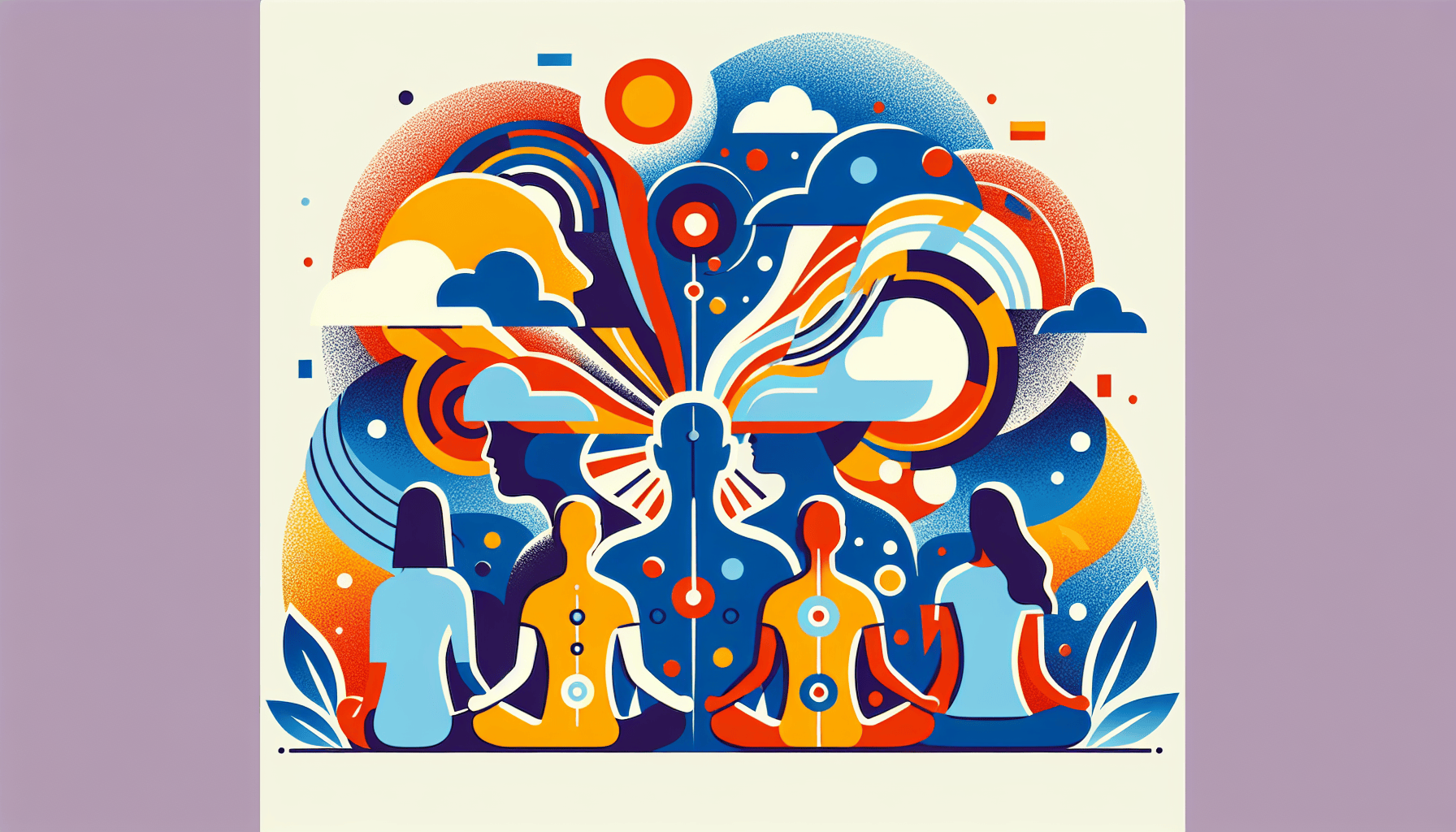Does Gabapentin Help with Sciatica?
Sciatica can cause sharp pain that shoots down your leg, making simple tasks hard. Many people wonder if gabapentin, a common medication, can ease this pain. This article [...]
Read More
Medically reviewed by Abhijit Bhattacharyya | MD, PhD, MBA, Tufts University School of Medicine - Miami, Florida on September 6th, 2023.
If you suffer from chronic pain, you know how challenging it can be to find effective relief. While medications can help, many people are seeking out natural pain management techniques to complement their treatment plan. Hypnosis, meditation, and relaxation are just a few of the mind-body practices that have been shown to help break the cycle of stress and pain.
Hypnosis, also known as hypnotherapy, is a real therapy that uses the power of the mind to help make positive changes. During a hypnosis session, you'll focus on relaxation and letting go of distracting thoughts. You may become more open to specific suggestions and goals, such as reducing pain.
Research has shown that hypnosis can be effective for managing both acute and chronic pain from conditions like cancer, burns, and rheumatoid arthritis. It may also help ease anxiety before surgery.
To find a qualified hypnotherapist, ask your doctor for a referral or contact the American Society of Clinical Hypnosis.
Meditation is a simple yet powerful technique that anyone can do, anytime, anywhere. Studies suggest that regular meditation practice may help:
Manage pain
Improve self-esteem
Lower anxiety and depression
Reduce stress
While there are many types of meditation, the basic idea is to focus your attention on one thing, such as your breath or a comforting word or phrase. When other thoughts arise, simply redirect your attention back to your focal point.

In addition to meditation, there are several other relaxation techniques that can help ease stress and pain:
This technique involves systematically tensing and relaxing different muscle groups to release tension. Note: If you have uncontrolled cardiovascular disease, skip this one as it can slow your pulse and blood flow.
Using visual imagery and body awareness, autogenic training guides you into a relaxed state. You might imagine being in a peaceful place while focusing on physical sensations like heavy limbs or a calm heartbeat.
Tuning into your breath can be a form of meditation. You can also try specific breathing techniques to promote relaxation.
It's best to learn relaxation techniques from a trained practitioner. Most are taught in group classes and then practiced regularly at home. Check with your doctor first if you have a history of psychosis, epilepsy, or PTSD, as deep relaxation can sometimes worsen these conditions.
Tai chi and qi gong are ancient Chinese practices that combine postures, gentle movements, breathing techniques, and mental focus. Studies have found they may help ease pain from conditions like knee osteoarthritis, fibromyalgia, and back pain. Evidence is less conclusive for neck pain relief.
Biofeedback uses sensors to help you learn to control involuntary responses like your heart rate or blood pressure. By teaching you how to relax, biofeedback may be effective for easing migraine and tension headaches. More research is needed on its effects for other types of pain.
This traditional Chinese technique stimulates specific points on the body, usually with thin needles inserted into the skin. Acupuncture has been shown to provide relief for certain pain conditions, including:
Neck pain
Low back pain
Knee pain from osteoarthritis
It may also help prevent migraines and reduce the frequency of tension headaches.
If you're considering any of these natural pain management techniques, talk to your doctor to see if they might be right for you. While they can be powerful tools for promoting relaxation and relief, they work best as part of a comprehensive treatment plan.
Sciatica can cause sharp pain that shoots down your leg, making simple tasks hard. Many people wonder if gabapentin, a common medication, can ease this pain. This article [...]
Read MoreBack pain is one of the most common health complaints, affecting millions of people worldwide. If you have back pain, you might have heard about gabapentin as a possible [...]
Read MoreIf you take gabapentin, you might wonder if it will show up on a drug test. This question matters for many people, whether it’s for work, sports, or legal reasons. Gabapentin [...]
Read More